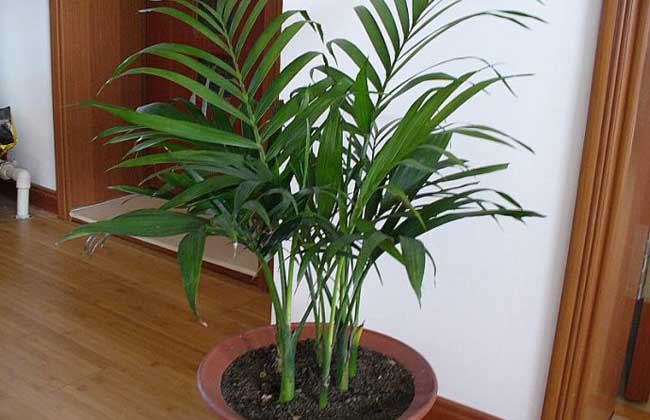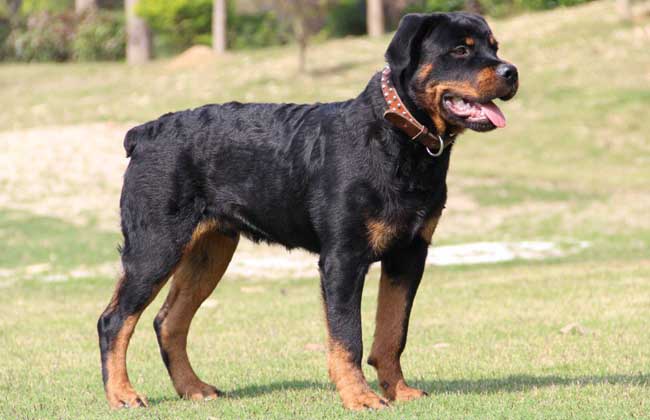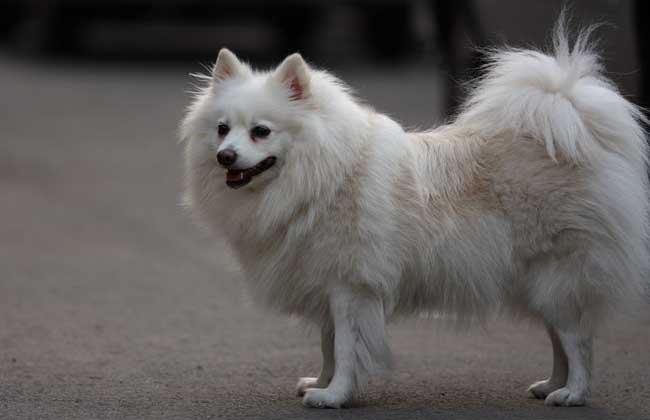How much is a pot of phoenix tail bamboo?

Phoenix tail bamboo, also known as rice bamboo, Jintou bamboo, Penglai bamboo, etc., is a variety of filial piety bamboo of Gramineae, like warm, humid and semi-shady environment, cold tolerance is slightly poor, not resistant to strong light exposure, afraid of waterlogging, suitable for fertile, loose and well-drained loam, winter temperature is not lower than 0 ℃, let's take a look at how much a pot!
How much is a pot of Phoenix tail bamboo?
The price of Phoenix tail bamboo is generally about 30 yuan per pot. Phoenix tail bamboo stem short, dense branchlets, soft drooping, chic and refined, elegant, can give people a fresh and refreshing feeling, should be planted by the river, house, can also be planted with rockery, stacked stone. Family farming is commonly used in potted plants, which can absorb formaldehyde, purify the air, decorate small courtyards and rooms, and is often used as a low hedge material.
Propagation methods of Phyllostachys pubescens
1. Ramet: the ramet propagation of Phyllostachys pubescens can be carried out in early spring when changing pots. When ramets, the overgrown plants are poured out of the basin, cut from the rhizome with a knife, and put on the basin separately. Be careful not to hurt the roots. When slicing, at least let each shoot bud with an old bamboo, and try to retain the fibrous root, in order to ensure survival. The new plants should be planted in a medium-sized basin, cultivate fertile soil, pay attention to irrigation, keep moist, and keep them in a semi-shady place, and the bamboo shoots will grow rapidly.
2. Sowing: the sowing and propagation of Phyllostachys pubescens should be carried out from April to May, and the seeds should be soaked in warm water for 1-2 days before sowing. It can germinate about 40 days after sowing. The seedlings grow very slowly and can not be transplanted until about half a year later.
3. Cuttage: the cuttage control of Phyllostachys pubescens is carried out from May to June, the annual branches are cut into cuttings with 2-3 nodes, part of the leaves are removed, cut in the sand bed, keep moist, and can take root in the same year.
How to raise potted Phoenix tail bamboo?
1. Soil: Phyllostachys pubescens prefers acidic, slightly acidic or neutral soil, which is suitable for pH4.5 to 7.0. avoid sticky heavy and alkaline soil. The soil in the north is alkaline, and 0.2% ferrous sulfate can be added. The best soil is loose and fertile sandy loam with good drainage, and farmland soil can be mixed with red-yellow soil, humus soil and fine sand.
2. Temperature: Phyllostachys pubescens is an evergreen tufted shrub, which likes warm, humid and semi-shady environment. Poor cold resistance, not resistant to strong light exposure, afraid of waterlogging, suitable for fertile, loose and well-drained loam. the temperature in winter is not lower than 0 degrees.
3. Lighting: Phyllostachys pubescens likes light, slightly resistant to shade, and likes warm and humid climate. Like damp and warm, but also like semi-ventilated and semi-overcast. You should move to a sunny place indoors in winter. Phoenix tail bamboo happy to the sun Gaoshuang place, there is "Xiangyang is luxuriant, it is appropriate to grow high platform", spring, summer and autumn only need to be placed in the window ventilation, winter placed in the sunny place, can grow well.
4. Moisture: Phyllostachys pubescens likes to be wet and afraid of stagnant water. water should be watered thoroughly for the first time after the pot is installed, and the basin soil should be kept moist later, not too much water, otherwise it is easy to rot and whip the root. From the basin to the survival stage, we should also often spray water to the leaves. If the basin soil is short of water, the bamboo leaves will curl. At this time, the bamboo leaves will expand again if they should be watered in time. On average, it should be watered once a day in summer and less in winter, but the basin soil should be moist to prevent "dry freezing".
5. Fertilizer: the fertilizer of Phyllostachys pubescens is mainly organic fertilizer, which can be used for animal manure, garbage fertilizer and river mud after ripening. Organic fertilizer is mainly used as base fertilizer, mixed with basin soil, and the dosage is generally 10% to 15% of the amount of basin soil. During the growing period, thin nitrogen fertilizer should be applied once or twice a month.
Related
- A course of planting techniques and methods on how to grow carrots
- How to plant the latest tulips?
- Is it better to pick tea in the morning or in the afternoon? When is the best time for tea to be picked? what is the third or fifth tea?
- Launch Yuanxiao Happy combination Haocha + Tea Yuan healthy Taste
- Penghu Tourism "Fireworks 20 Parade with You"
- 2022 West Lake Happiness holds "Digital Revitalization Voucher" and draws iphone13 and laptop.
- Banqiao Fuzhou social houses are designed to change start-up combined with police elimination to create a safe and livable environment
- The convenient measure of "mechanical weeding" in Xinbei has been abused and the Agriculture Bureau has imposed heavy penalties on the illegal land consolidation.
- Changgeng University Joins Hands with Four Memory Factories to Rescue Memory Talent Shortage
- The list of Taiwan's top 100 MVP managers is listed by the Director-General of the Farmers' Association of Sanxia District.



